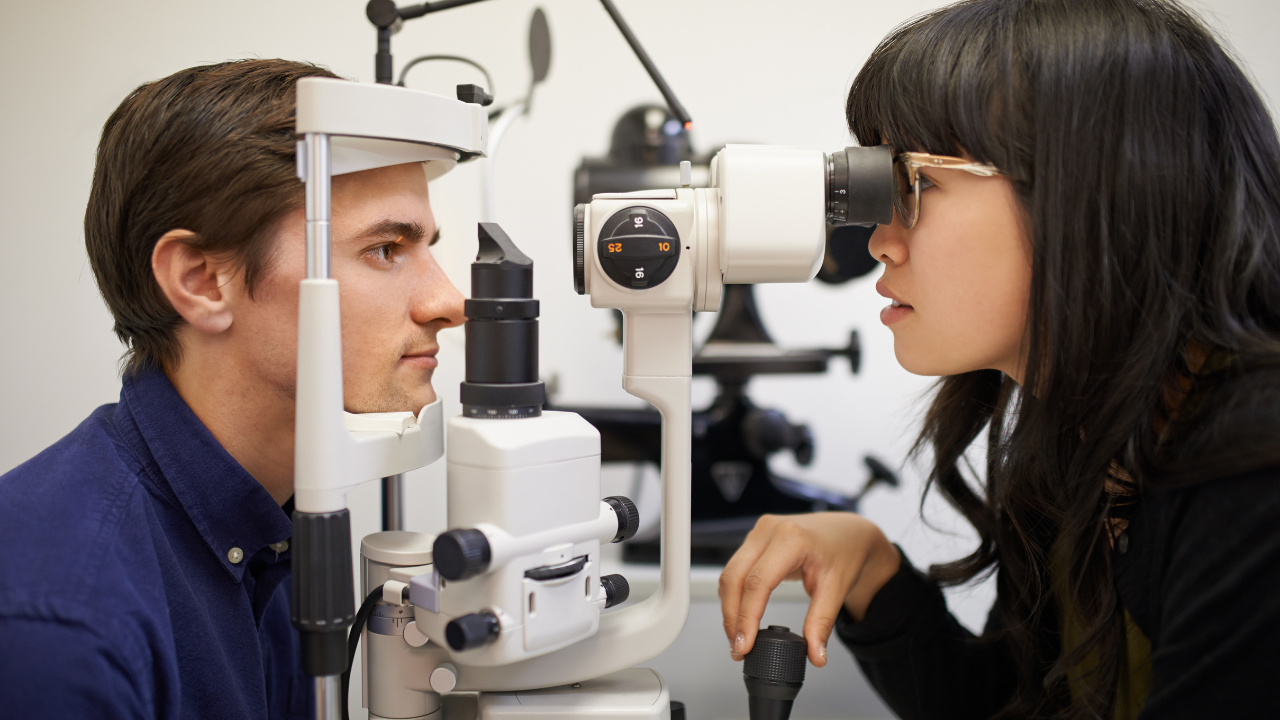-
news
-
Health
Did you know that neglecting diabetes can lead to these eye complications?
Prioritizing eye health through timely screening and proactive management is important for individuals with diabetes to reduce the risk of serious eye complications.

Image – Canva
Worldwide, diabetes affects approximately 29.3 million people diabetic retinopathy At 27%. In India, the figures are equally worrying, with 16.9% affected. Management of diabetes extends beyond glucose monitoring and medication; This involves paying careful attention to eliminate organ damage that affects the eyes, kidneys, heart and brain.
Eye complications from diabetes
“Diabetes can cause a number of complications in the eyes,” says Dr Roshni Mohan, consultant ophthalmologist at Dr Aggarwal’s Eye Hospital, Chennai. “Of these, premature cataract development and progression (32%) is common and often requires cataract surgery and intraocular lens implantation.” Another less frequent but significant complication is non-healing corneal ulcers (1.068%), which may require long-term topical treatment and, in severe cases, keratoplasty.
Despite visiting the doctor regularly, many diabetic patients lack awareness about the importance of regular eye checkups, even in the absence of symptoms. “Diabetic retinopathy is one of the leading causes of blindness, especially when diabetes is present with hypertension, hyperlipidemia and other comorbidities that accelerate the progression of retinopathy,” says Dr. Mohan.
Diabetic retinopathy and macular edema
Macular edema is a major cause of vision loss in diabetic patients. “Patients often complain of blurred vision, difficulty performing near tasks, and glare problems,” says D Mohan. “Timely treatment with intravitreal injections can lead to significant improvement in vision.”
Diabetic retinopathy is classified into several stages: mild, moderate, severe, and proliferative. Dr. Mohan explains, “The key to managing diabetic retinopathy is maintenance glycemic controlDuration of diabetes and inadequate blood sugar management are the primary factors contributing to the development of retinopathy. For mild to severe stages, treatment focuses on tight glycemic control and frequent follow-up appointments, tailored to the stage and presence of macular edema.
advanced stage and sight-threatening complications
“In cases of proliferative diabetic retinopathy (PDR), treatment options include laser photocoagulation and intravitreal injections,” says Dr. Mohan. If left untreated, PDR can lead to complications such as increased intraocular pressure, redness, and drainage, ultimately resulting in neovascular glaucoma (NVG), a painful condition that can lead to irreversible blindness.
“Managing NVG requires laser pan-retinal photocoagulation (PRP), anti cataract drugsand comprehensive eye pressure management,” she adds.
Proliferative retinopathy can also result in vitreous hemorrhage, which presents as floaters. Early intervention with laser treatment is important, while advanced cases may require vitrectomy surgery. “If membranes form within the eye (tractional retinal detachment), patients will notice a significant decline in vision, requiring surgical removal of these membranes,” explains Dr. Mohan.
Importance of early detection and preventive care
“The primary objective of treatment is to prevent the onset and progression of diabetic retinopathy,” says Dr. Mohan. Regular annual or biennial screening is necessary for early detection, which reduces the burden of the disease to a great extent. They concluded, “A collaborative approach with strict glycemic control and coordination with a physician can make a considerable difference, especially in the early stages of retinopathy.”
Get the latest news live on Times Now with breaking news and top headlines from around the world.


